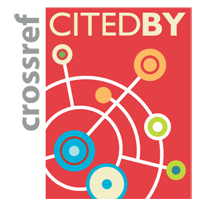Two invertible networks for the matrix element method
Anja Butter, Theo Heimel, Till Martini, Sascha Peitzsch, Tilman Plehn
SciPost Phys. 15, 094 (2023) · published 14 September 2023
- doi: 10.21468/SciPostPhys.15.3.094
- Submissions/Reports
-
Abstract
The matrix element method is widely considered the ultimate LHC inference tool for small event numbers. We show how a combination of two conditional generative neural networks encodes the QCD radiation and detector effects without any simplifying assumptions, while keeping the computation of likelihoods for individual events numerically efficient. We illustrate our approach for the CP-violating phase of the top Yukawa coupling in associated Higgs and single-top production. Currently, the limiting factor for the precision of our approach is jet combinatorics.
Cited by 5

Authors / Affiliations: mappings to Contributors and Organizations
See all Organizations.- 1 Anja Butter,
- 1 Theo Heimel,
- 2 Till Martini,
- 3 Sascha Peitzsch,
- 1 Tilman Plehn
- 1 Ruprecht-Karls-Universität Heidelberg / Heidelberg University
- 2 Fraunhofer-Institut für Kurzzeitdynamik, Ernst-Mach-Institut / Fraunhofer Institute for High-Speed Dynamics, Ernst-Mach-Institut [EMI]
- 3 Fraunhofer-Institut für Offene Kommunikationssysteme / Fraunhofer Institute for Open Communication Systems [FOKUS]
Funders for the research work leading to this publication
